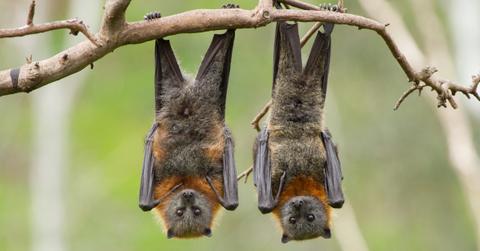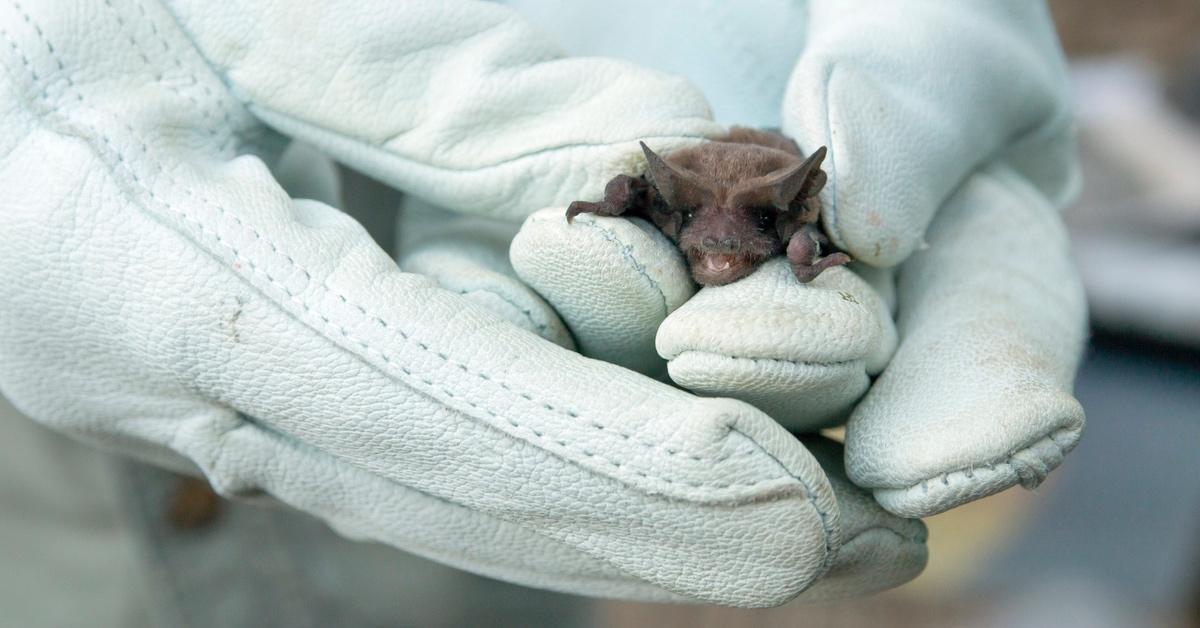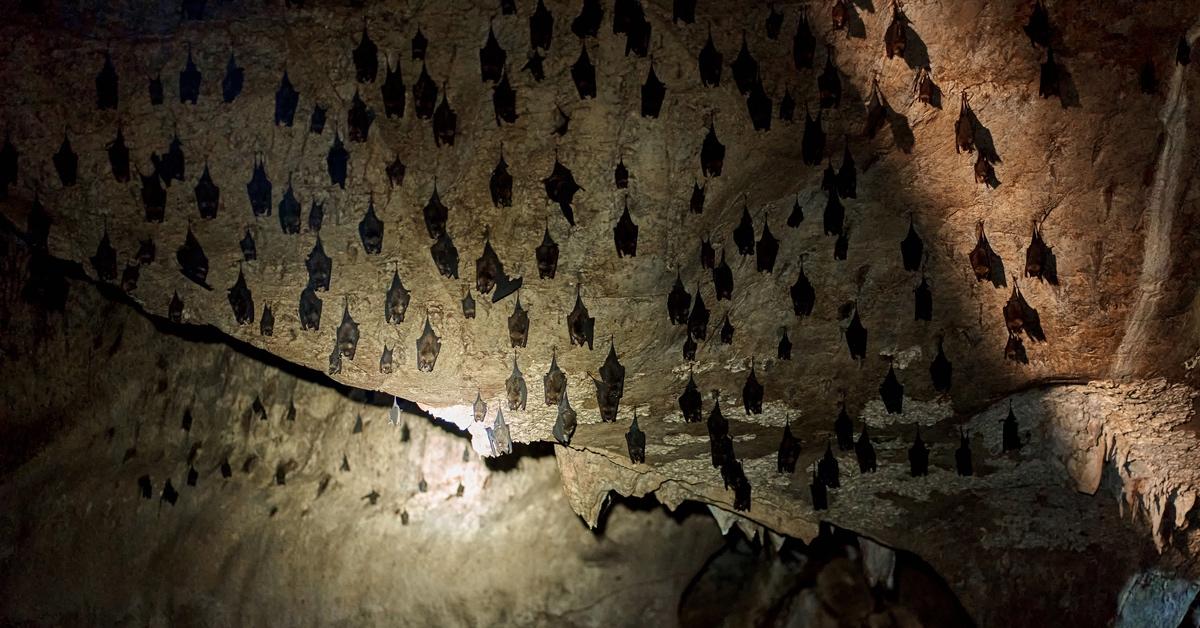Where Do Bats Go in Winter? Everything You Need to Know About Bat Habits
Published Sept. 28 2023, 3:49 p.m. ET

The Gist:
- Like birds, monarch butterflies, and even some mammals, bats migrate in winter!
- Not all species of bats migrate, and some choose instead to hibernate.
Bats are wildly misunderstood members of the animal world, but that doesn't make them any less important to the ecosystem. As pollinators and eaters of nuisance bugs like mosquitoes, it's always great to have bats around your yard or farm to help your garden flourish. But what happens to bats when the cold weather drives away one of their primary food sources?
Do bats migrate, like many other species do? Or do they hibernate? Here's everything you should know about bats — plus all your burning questions about bats, answered.

So, do bats migrate in winter?
According to the National Parks Service, some bats migrate in winter, some don't, and some species migrate and hibernate! Some bats that live in temperate climates might even stay year-round.
Reasons that bats might migrate include:
- Finding more abundant food sources.
- Finding better habitats for hibernation.
- Places to raise their young.
Examples of bats that migrate include Little brown bats, Mexican free-tailed bats, and Hoary bats.
Like other species, bats' body temperatures and heart rates drop during hibernation to allow them to conserve energy. This is called a state of "torpor." Throughout hibernation, bats go through cycles of torpor, including times when their bodies briefly return to normal for a few hours. Some species can hibernate for as long as six months, waiting for the return of their primary food source: insects.

Bats choose places like caves, mines, rock crevices, and more to hibernate. Examples of bats that hibernate include Silver-haired bats, Eastern red bats, Pallid bats, Canyon bats, and more.
According to A-Z Animals, bats don't typically migrate long distances and stay within a range of roughly 100 miles on average. It's unusual to see bats migrating to different continents. Migration usually occurs between October and November and emerges from hibernation around March. Bats also don't hibernate alone! The word for a group of bats is known as a colony, but can also be called a cloud, cauldron, or camp.

Suppose you happen to live in an area where bats are hibernating. In that case, the New York State Department of Environmental Conservation urges people not to disturb the little sleepers, which can cause them to lose the necessary fat reserves they need for survival. Additionally, white-nose syndrome is a serious condition plaguing bats and endangering bat populations that humans can spread from cave to cave.
Do bats have tails?
Many adorable mammals have tails — but do bats? As the only mammals to fly, bats have tails incorporated into the structure of their wing membrane that helps their maneuverability. According to the Smithsonian, bats have a spur that extends from their ankle bones that also helps form part of the wing membrane between the tail and the hind legs, creating a little pouch to catch insects.